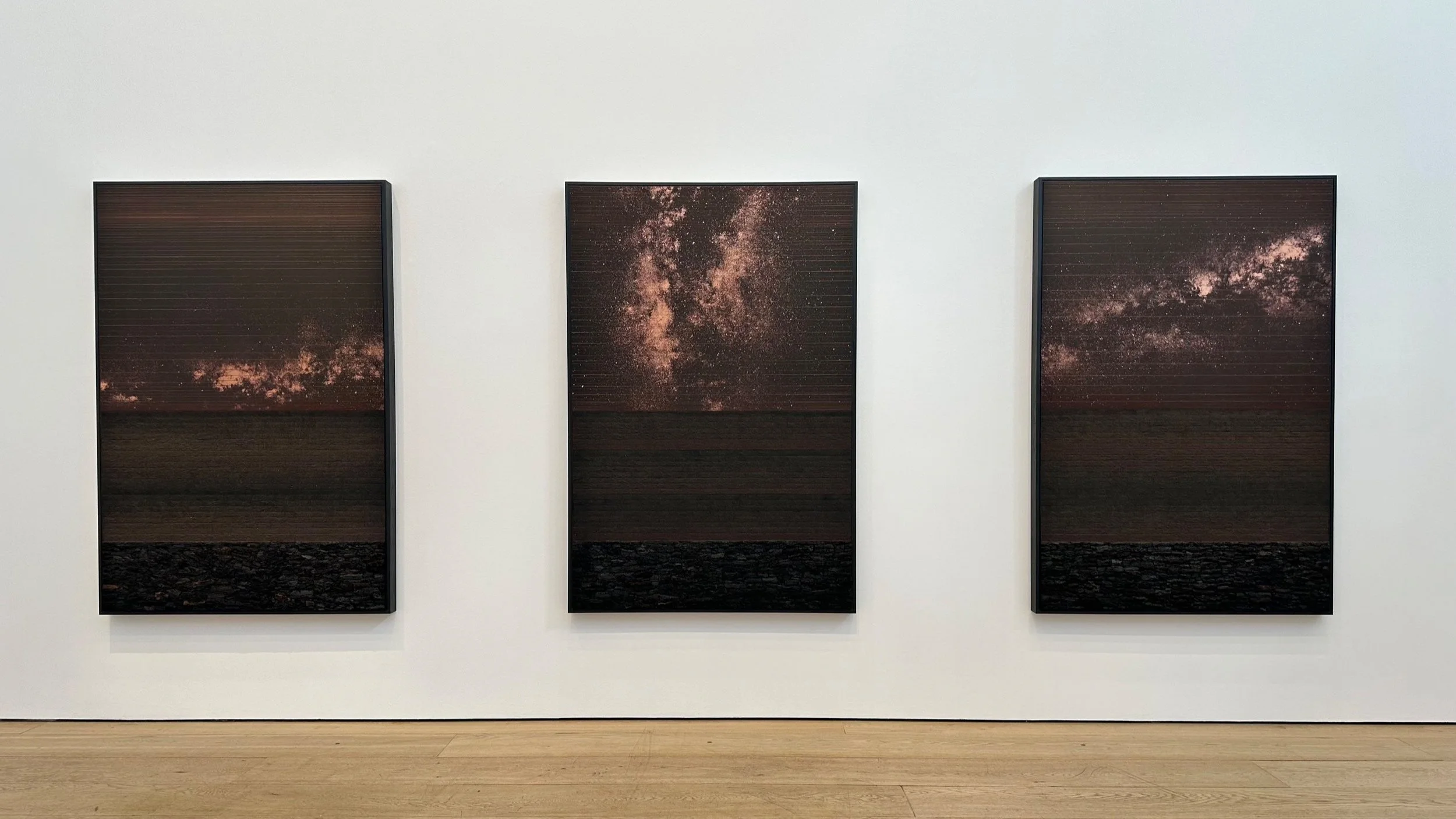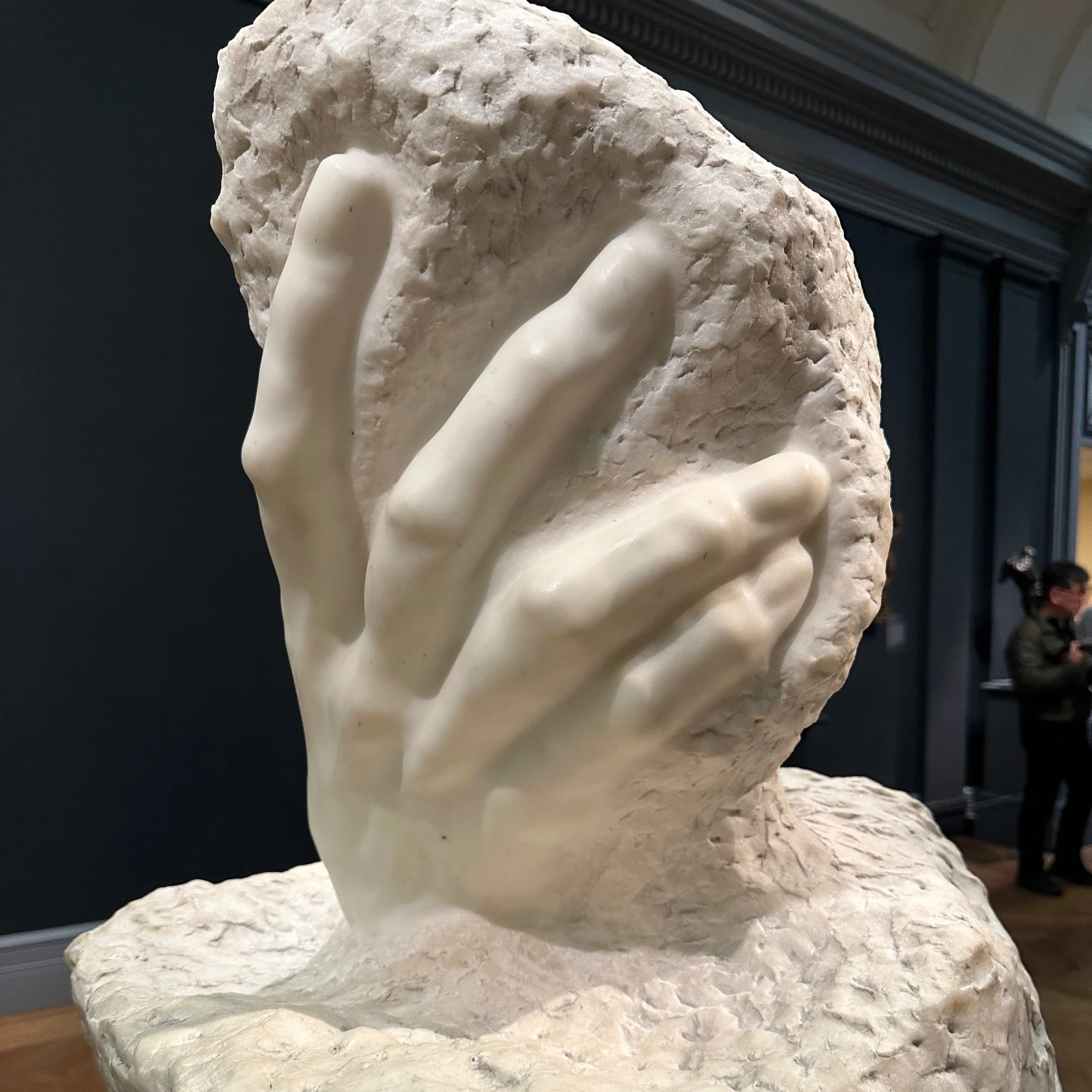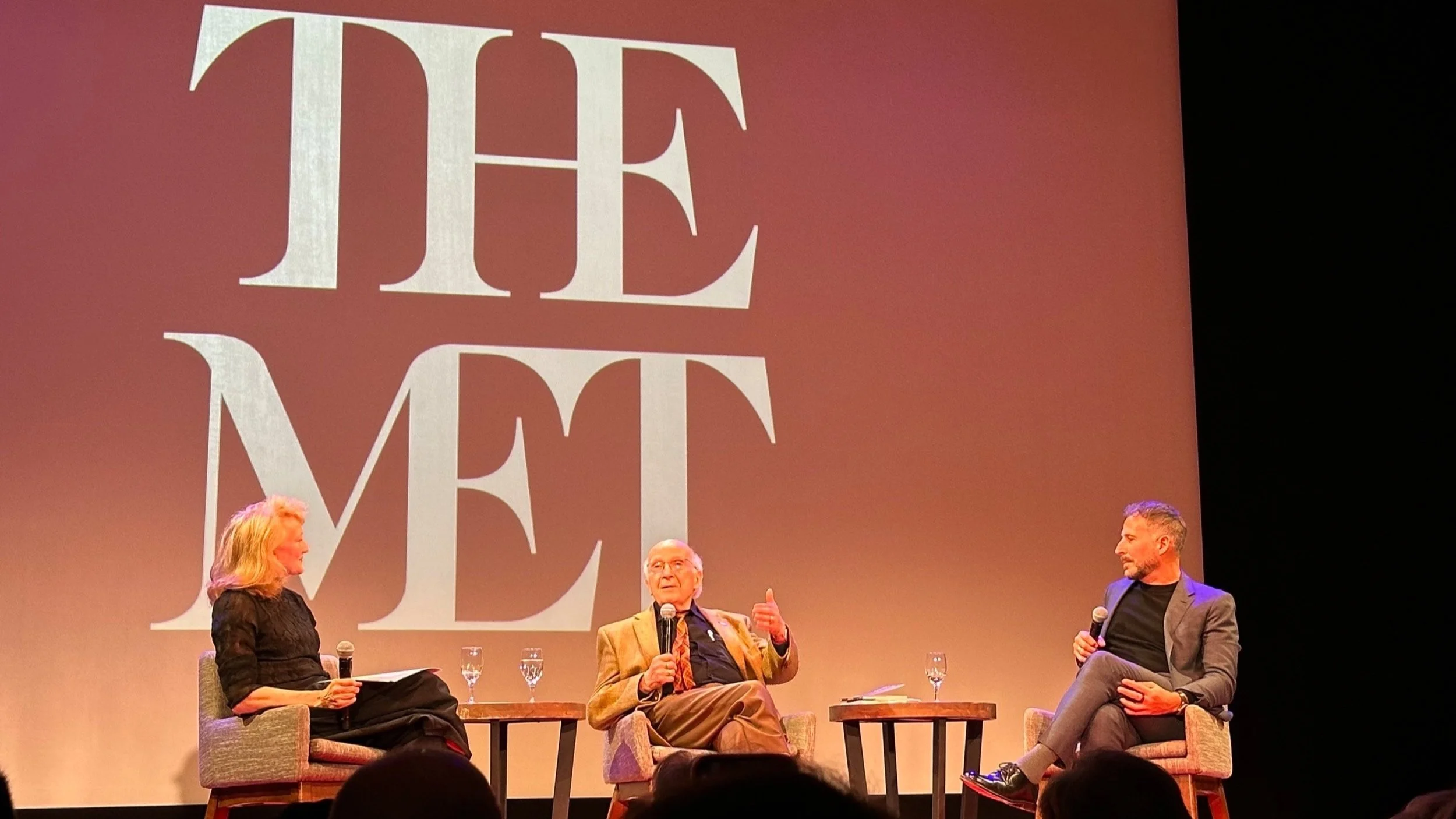Art and Science at The Met
A 21-year-old Vincent Van Gogh said that artists who appreciate nature enlighten others. Eventually he killed himself. Well, he failed at that, too.
“Always continue… loving nature, for that’s the real way to learn to understand art better. Painters understand nature and love it, and teach us to see it.”
The concept of science and art has been on the rise over the last few years. From the brain “art” displays at The Friedman Brain Institute to the pretty fluorescent microscope posts on social, nothing spectacular has emerged. That is why we were excited to attend Met Speaks Art and Science: A Shared Enlightenment with Roald Hoffmann, Enrique Martinez Celaya, and Krista Tippet. Finally two “renowned” scientists who took on artistic endeavors will share their thoughts and move this concept forward! A Nobel laureate, a Peabody winner and a slew of elite Ivy League credentials. We’ve never heard of them but we’re going to learn so much!
Snooze. Fest.
Literally. Snoring started two seats away not even halfway through the discussion and a renowned designer in the audience was not impressed. The panel also seemed restricted in their words and became lost when attempting to extend the conversation.
With fairness, the intention was to discuss how art and science relate, and how they do not, “delve into their creative processes”, and “how they can inform and inspire each other”.
Rodin’s The Hand of God (ca 1907) signifies creation. The connection between Michaelangelo and God. The discussion touched on how a poem and science are created by humans. No kidding. (Image: AKJAM Publishing)
These were answered banally or obscurely. We were left with the impression that the moderator and panelists did not know what they were talking about or they were ill-prepared.
The most glaring was the failure to share their experiences to educate the crowd. Aside from two poems, the actual artistic work and personal process was not shared at a significant level. It was like publishing a paper without the Material & Methods section.
After hearing this discussion, both scientists and artists might turn to finance.
“I don’t like to say I have given my life to art. I prefer to say art has given me may life.”
THE $CIENCE
The Magazine has been fostering science as an art or 12 years in its Science is Art section. The initiative is to engage people to be inspired and scientists to be creative. These are lacking especially after the pandemic. The event was not about that. It was an afternoon of evaluating both… nouns.
On April 21, 2024, the Met Speaks team gathered two friends and a moderator. The conversation included similarities and differences between art and science, scientists and artists, with very little examples. One discovers the other creates. There is an explicitness and implicitness to both.
Tippet, Hoffmann and Celaya discuss Science and Art. Very different from Science is Art. Presumably. (Image: AKJAM Publishing)
A comparison of the process of creating superficially pointed out how humans create both science and art. Mendeleev’s periodic table and Blake’s The Tyger poem were used to illustrate the creative process in science and art, respectively. The ancientness of these examples can be misconstrued as unrelatable. Why not follow-up with a brief look at the symmetries and contrasts between Hoffmann’s works in poetry and chemistry? Comparison of Celaya's paintings to his constructing a laser would have reinforced the idea of the interchange between science and art. His works including taking childhood drawings and painting over them in adulthood. Akin to a Rita Ackermann. That would have been interesting.
The introduction to the talk made no mention of the image on the screen, but was later discussed by a panelist. Dr. Hoffmann made the point that both the periodic table (L) and a poem (R) were creative endeavors by the ability that humans have. They also have the ability to understand science and art at a deeper complexity than the discussion provided. (Image: AKJAM Publishing)
Both Hoffman and Celaya have a lot of history and experience to draw from. Both came from “violence”, escaping countries of unrest during the Holocaust and Cuban revolution, respectively. They agreed that art brings them calm, a “mechanism” to ‘unmess the messy feeling’ of who their life experiences. Hoffmann revealed how chemistry was intuitive compared to theorems and physics. These reasons make it difficult to accept that there were no profound takeaways from this discussion.
Hoffman did make an enthusiastic reference to the implicit value of science and art. The point was made by comparing when journal reviewers and art critics miss the point of that “1%” of the work that makes it important. Hoffman recalled being struck by the “asymmetry” a fly brought to Crivelli’s “symmetric” The Annunciation. It served as a definitive moment for his analysis on the meaning of a work of art.
Bottom Line
Seeing what scientists are producing for the science and art cause is dismal. They need all the help they can get and this discussion may have served the basic purpose for the students and STEM trainees in the audience. But, most people do not have a deep creativity and feeling of awe about life- of the exhilaratingly mundane. Focusing on the fly rather than the Balenciaga 1967 wedding dress. Not as a flaw, but as the true nature of the subject. Art and science also have in common bringing life to life. They are not endeavors of simply generating work or data. Who are you, Jeff Koons?
Art, science and life make you feel small. In a good way because they are inspiring. With that, this was a missed opportunity for The Met to show how the upcoming Met Gala and Sleeping Beauties exhibit will incorporate science, nature and art.
It was also disappointing that women artists and/or scientists were not on the stage. Were Joan Jonas (below) and Teresita Fernandez (above) unavailable? The discussion and insight was confined to two men who were colleagues, thus narrowing the broad scope of thoughts surrounding the intersection of science and art.
$CIENCE IS ART
BELIEVE IT OR NOT







